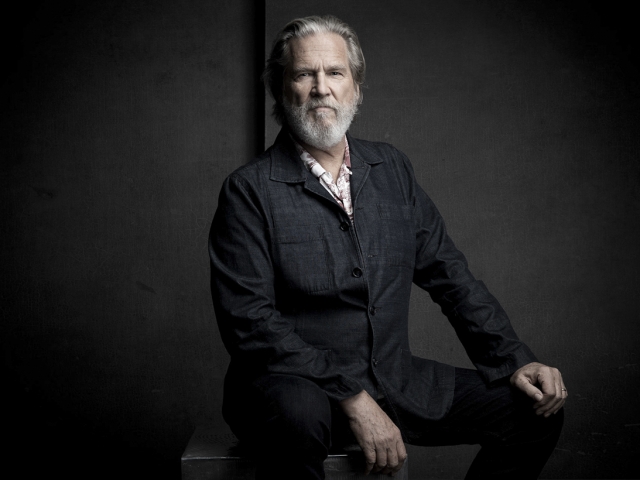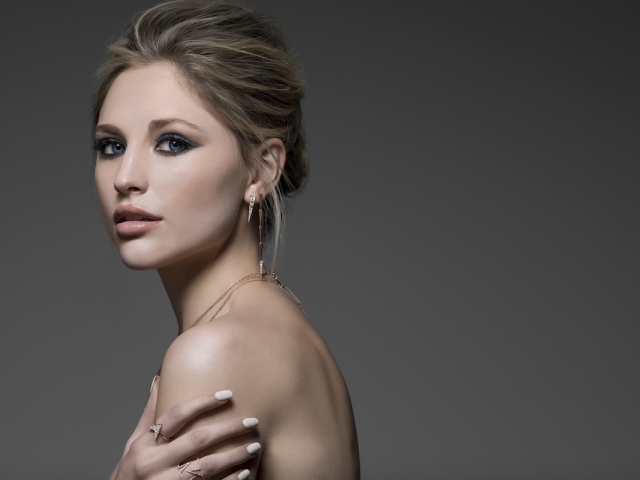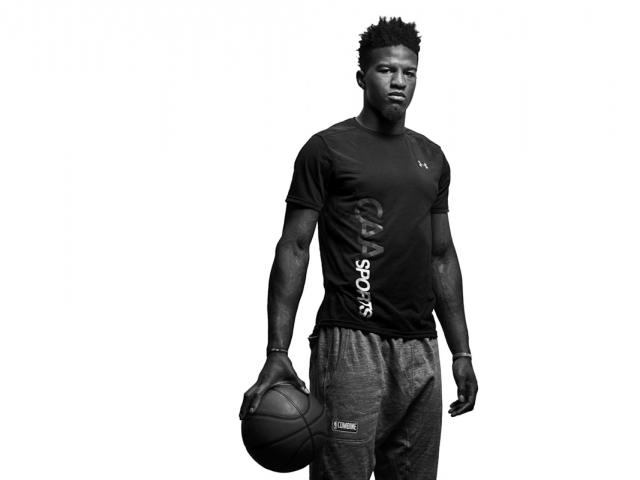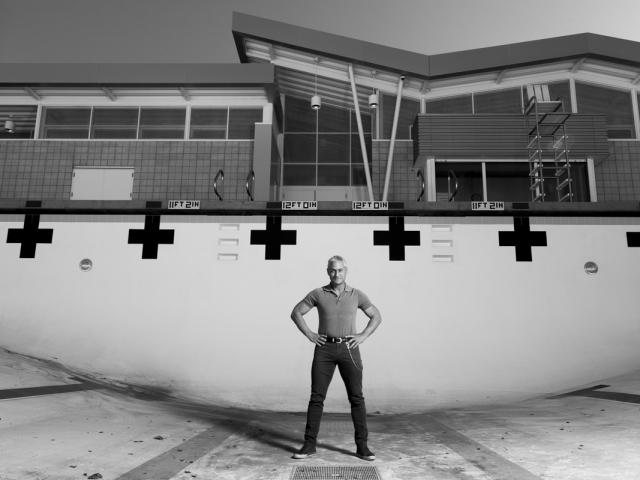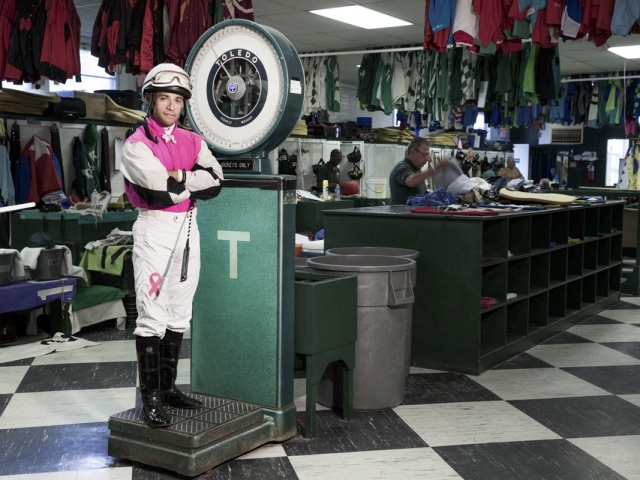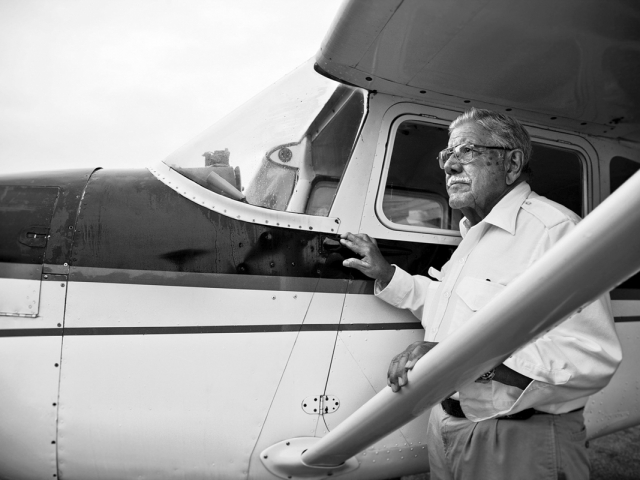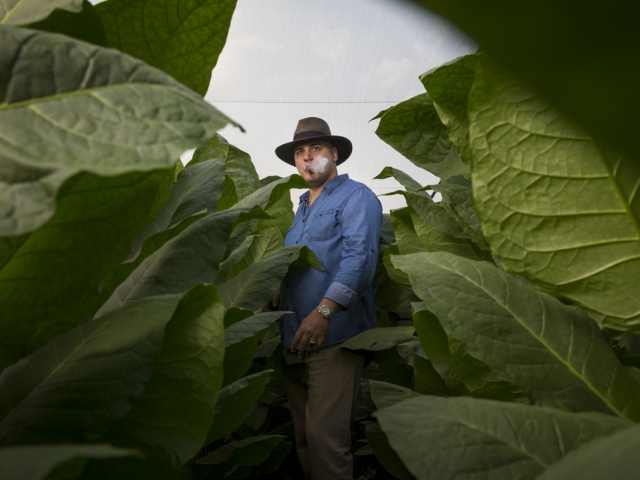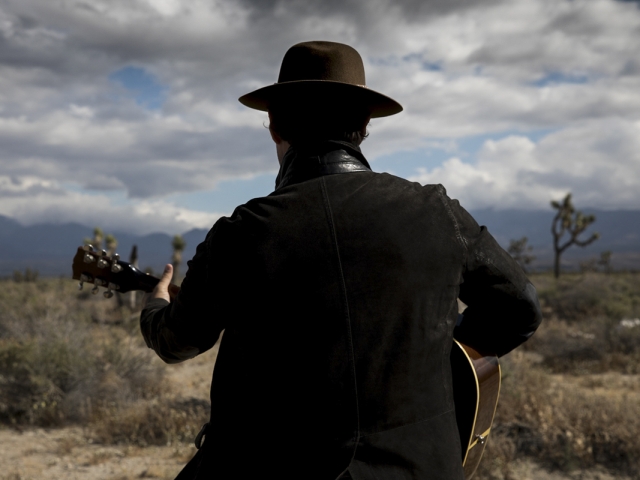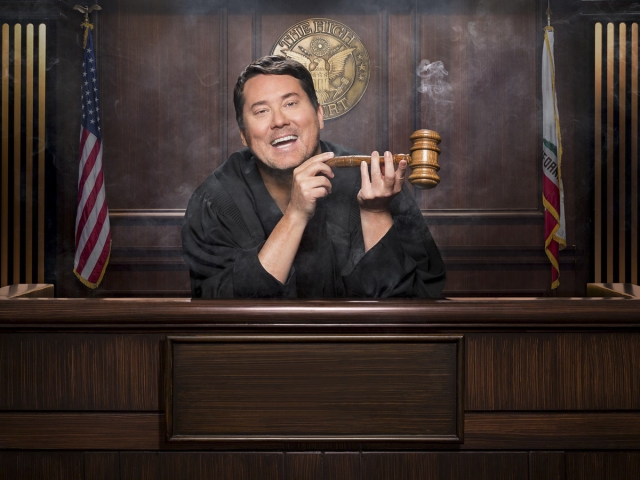Ian Spanier
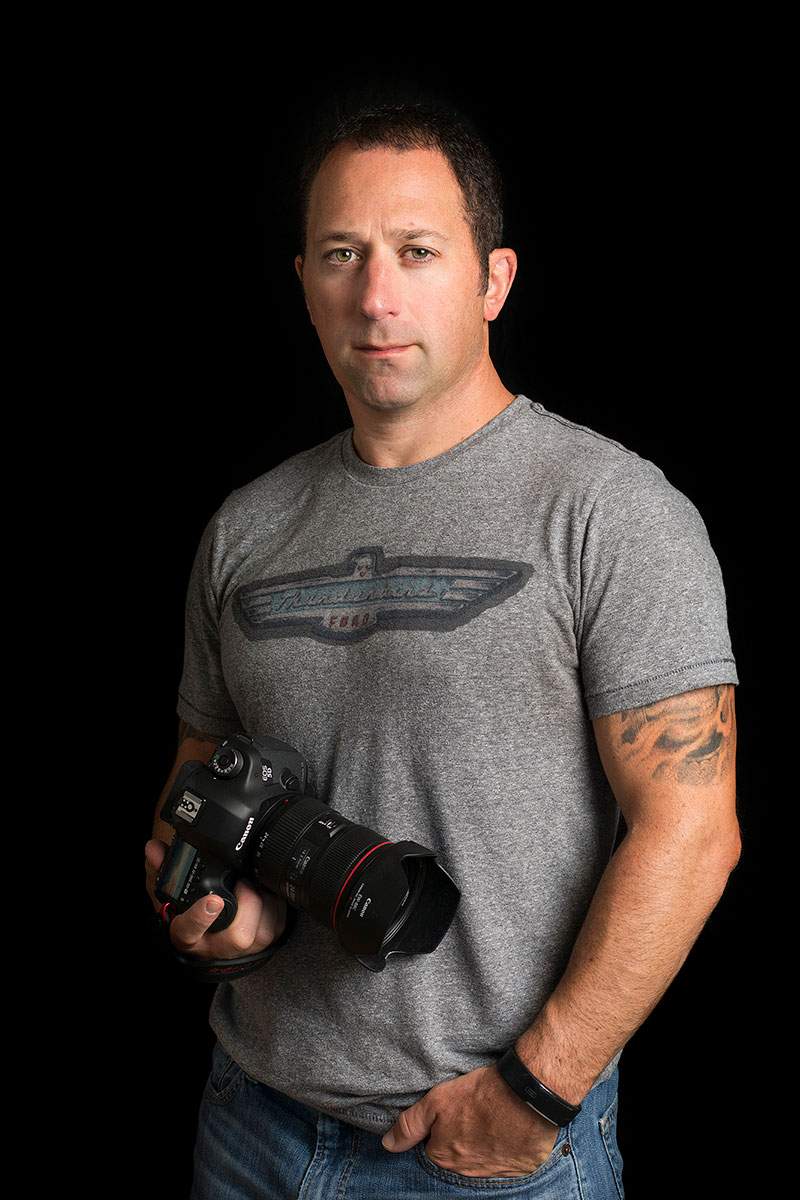
About
Born in Connecticut and raised in Westchester, New York, Ian Spanier (https://www.ianspanier.com/) has had a lifelong interest in photography — since age 6, to be specific, when his parents gave him his first camera: a Kodak Disc. For two decades after, Ian did everything he could not to become a photographer — yet he somehow always found himself with camera in hand, composing pictures and telling stories. In college, Ian majored in art and psychology, and his first career aspiration was to become an athletic trainer. Even after he abandoned that plan in favor of photography, though, he spent much more of his time on the back end — as a magazine photo editor, assigning and organizing shoots rather than pressing the shutter himself. As the years passed, however, he found himself increasingly in the field and not behind a desk — and realized, however, circuitously, that he had found his true calling after all. These days, as comfortable hanging off the edge of a cliff as he is in the studio, Ian’s happy to go to just about any length to get the shot. Mostly happy, anyway: On assignment in South Africa several years ago, he submerged himself in a protective cage to go lens-to-snout with a Great White. (He used to be phobic about sharks. Remarkably, this episode seems to have cured him — a result perhaps psychology-major Ian could have shed some light on back in college. Ian is a Westcott “Top Pro,” as well as an ambassador for ThinkTank Photo, Spider Holster, Hoodman USA, CamRanger, Naroo Global, and Sekonic. He lives in Los Angeles, and is available for assignments in New York, California … and any place else that’s accessible by plane, train, car, horse, dune buggy, bungee cord, camel or mule. If it can be reached by legs, hooves, hooks, wheels or wings, it’s fair game for an Ian Spanier shoot.
Gallery
LACP Interviews Ian Spanier
LACP asks Ian Spanier ten questions about his background, career in and beliefs about photography.
Los Angeles Center of Photography: What kind of photographer are you?
Ian Spanier: I make my living as a portrait photographer of both celebrity and “real” people- that said, I am a photographer first and foremost. Along with portraits, I shoot sport & fitness- but ultimately, I consider myself a portrait photographer. I’ve always believed that a photographer shoots what they see. Commercially, there’s a need to fall into categories, so I have made a focus on portraits. In the past I have shot everything from Still Life to Fashion, Travel and Reportage. These experiences have helped me wear many hats when needed and not be limited.
LACP: How long have you been shooting?
IS: I’ve had a camera since I was six years old, and professionally-speaking, have been shooting for 24 years now.
LACP: Where did you get your training?
IS: Although I majored in Art & Psychology with a concentration in Photography, I consider that I am mostly self-taught in lighting, medium and large formats, Photoshop and Lightroom.
LACP: When did you know you wanted to devote your life to photography?
IS: I have tried for most of my life trying to not be a photographer. I went to college thinking I would work in sports medicine only to find myself in the darkroom more than the training room. After school, I decided to work as a photo editor in magazines only to find my abilities with a camera would have a parallel career while I worked my way through the ranks at various magazines. Ultimately, I found that I could shoot the jobs I was assigning, and I began to shift to shooting fulltime. As fate would have it, my last fulltime job as a Staff Photographer for a media company changed when the company went Chapter 7, this provided the much needed push out of the nest.
LACP: Did you ever come close to giving up?
IS: I think all photographers suffer from self-doubt and fear they won’t survive in their chosen career. I truly feel that the flexibility to adapt with the market as it changes keeps you fresh and fights the frustrations we face.
LACP: Have you sacrificed anything by being a photographer?
IS: Sacrifice is a part of being an artist: Often there are long hours, travel, difficult clients, deadlines and lots of variables are no doubt a part of being a career photographer. I like to view these as challenges- not problems.
LACP: What have you gained by being a photographer?
IS: I think what I have gained most is the ability to do what I love for a career. I know how rare that is- and any day shooting is not work, it’s living.
LACP: What classes do you teach at LACP?
IS: Portrait Lighting on Location.
LACP: What do you love most about teaching?
IS: I never thought I’d step out from behind the camera to work with other photographers- but I really enjoy sharing my experiences with others. As a photo editor, I found that I loved working with advanced and young photographers alike. As a photographer, I have always tried to help assistants wherever and however I could. Extending that to new and advanced photographers thru lectures and hand-on experiences was a natural progression.
LACP: What advice would you give someone who is thinking about making a career in photography?
IS: To quote the great Harry Benson, “Go buy a guitar.” Granted he said that before the music industry went where it’s gone these days. More seriously, I have always told photographers the same thing. Shoot, shoot and shoot. Practice your craft to become an expert, that’s how the greats become great.
